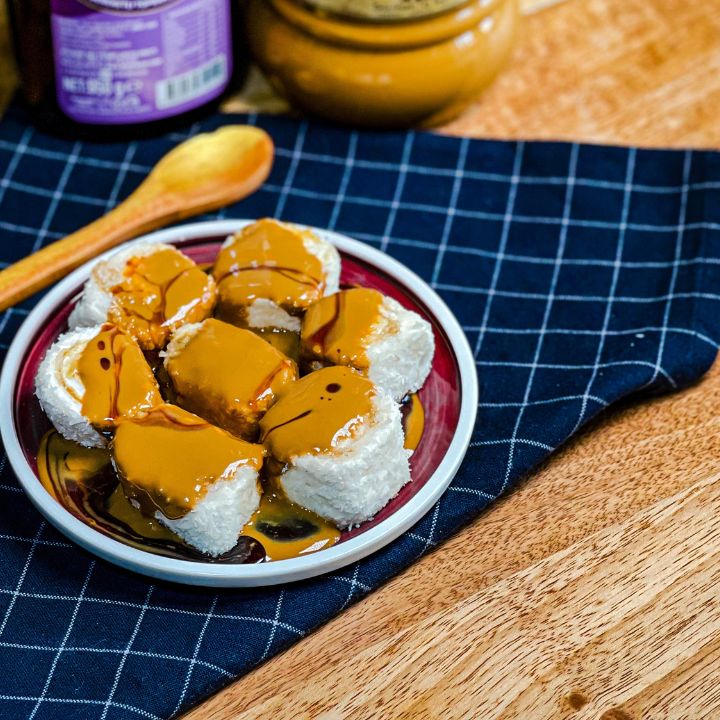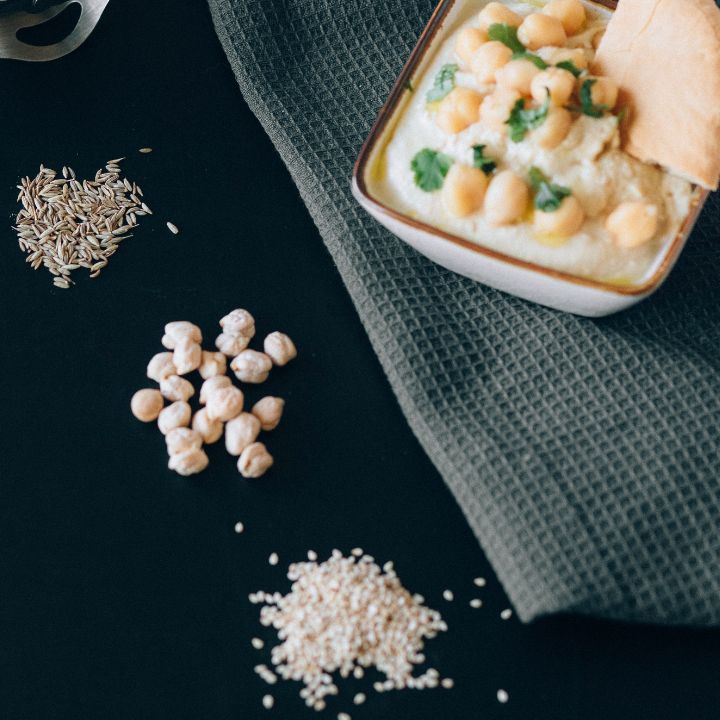Tahini is a thick, creamy paste made from ground sesame seeds. It has a rich, nutty flavor and is commonly used in Middle Eastern and Mediterranean cuisine. In recent years, tahini has become increasingly popular in the Western world due to its health benefits and versatility in cooking and baking.



Health Benefits
Rich in nutrients
Tahini is an excellent source of nutrients, including protein, fiber, healthy fats, and a variety of vitamins and minerals, such as magnesium, phosphorus, and iron. It is also a good source of antioxidants, which help to protect the body against cellular damage.
Good for heart health
Tahini is rich in heart-healthy monounsaturated and polyunsaturated fats, which can help to reduce the risk of heart disease. These healthy fats also help to reduce inflammation in the body, which can lead to chronic diseases such as arthritis, diabetes, and heart disease.
Supports digestive health
Tahini is a good source of fiber, which helps to promote healthy digestion. The fiber in tahini helps to regulate bowel movements and maintain digestive health. Additionally, tahini contains probiotics, which can help to promote the growth of beneficial bacteria in the gut, supporting overall gut health.
Boosts energy
Tahini is a good source of healthy fats and protein, which provide sustained energy to the body. This makes it a great snack to keep you fueled and energized throughout the day.
Baking with Tahini
Tahini can be used in a variety of ways in baking. Here are some tips on how to use tahini in baking:
Substitute for Butter or Oil
Tahini can be used as a 1:1 replacement for butter or oil in baked goods, such as cakes, cookies, and muffins. This will add a rich, nutty flavor to your baked goods and increase their nutrient content.
As a frosting or glaze
Tahini can be blended with honey, lemon juice, and vanilla extract to create a creamy, smooth frosting or glaze. This makes a delicious topping for cakes, cupcakes, and other baked goods.
In savory baking
Tahini can be used in savory baked goods, such as breads, crackers, and savory muffins. The rich, nutty flavor of tahini adds depth and complexity to savory baked goods.
In sauces and dips
Tahini can be used to create sauces and dips, such as hummus and tahini dressing. These sauces and dips can be used as a topping for salads, roasted vegetables, and baked goods.
Finding Tahini
Tahini is a popular ingredient in Middle Eastern cuisine and can be found in most grocery stores or supermarkets in the international foods aisle or near the nut butters. It may also be available at health food stores or specialty stores that sell Middle Eastern ingredients. If you can’t find tahini in your local stores, it can also be ordered online from various retailers.
How to Make Tahini
Here is a simple recipe for making tahini at home:
Ingredients:
- 2 cups sesame seeds
- 2-3 tablespoons of olive oil (or any neutral-tasting oil)
- Salt to taste (optional)
Instructions:
- Preheat the oven to 350°F.
- Spread the sesame seeds evenly on a baking sheet and toast them in the oven for about 10 minutes, stirring occasionally to ensure even toasting. Keep an eye on them to prevent burning.
- Once the sesame seeds are golden brown and fragrant, remove them from the oven and let them cool for a few minutes.
- Place the sesame seeds in a food processor or high-speed blender and blend them until they form a crumbly paste.
- Add the olive oil (or any neutral-tasting oil) a tablespoon at a time and continue blending until the tahini reaches the desired consistency. You may need more or less oil depending on the texture you prefer.
- Taste the tahini and add salt, if desired.
- Transfer the tahini to a jar or airtight container and store it in the refrigerator for up to 1 month.
Note: You can also use unhulled sesame seeds for a more rustic and bitter tahini, or hulled sesame seeds for a smoother and milder tahini.

